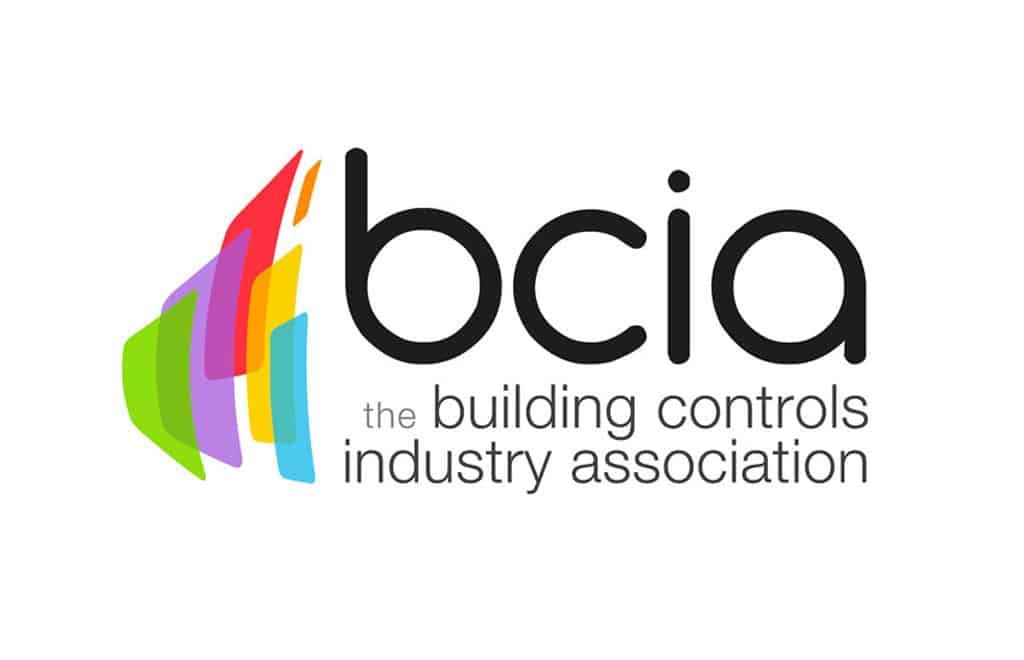How building controls can steer a path to improved occupant wellbeing
Educating building owners on the positive impact that building controls can have on occupant wellbeing is now crucial, particularly with improved wellbeing linked to positive health behaviours and years added to life.
To celebrate International Wellbeing Week, taking place between June 24th and June 30th, the Building Controls Industry Association (BCIA) spoke to Graeme Rees, Channel Development Leader in the Digital Energy Division of Schneider Electric and Immediate Past President of BCIA.
Q. How can building controls help improve occupant wellbeing?
A. Building controls, or Building Energy Management Systems (BEMS), are increasingly recognised as a key technology in improving occupant wellbeing and productivity. In turn these improvements enhance the efficiency of the very purpose of the building – for example healing in a hospital and learning in a school. Building controls manage the environment so accurately that the optimum conditions of the internal environment can be achieved. Factors such as humidity, temperature and air quality are perhaps obvious to some, but increasingly occupancy levels and people movement are becoming more commonplace.
Q. When it comes to improving wellbeing, what do you think is the most important aspect of building controls?
A. An area where building controls has the greatest impact is in the education sector. At all levels of education, from primary through to university, the environment is a key factor in cognitive performance of the learners within the space. In fact, it is proven that poor air quality and conditions result in lower learning performance. When a classroom or lecture hall has a well-integrated controls system that uses a variety of sensors and data to control well-maintained plant and equipment, optimum environmental conditions are provided and productivity is increased. That’s not just improving the productivity of academic staff, but improving learning outcomes for young people.
Q. What more can the building controls sector do to enhance occupant wellbeing even further?
A. Building Energy Management Systems, or building controls generally, are not sufficiently mandated in UK policy for them to be a mandatory requirement in existing buildings, nor even in every new build. It is vital that building controls are recognised as a mandatory technology in existing buildings, particularly as it is estimated that 80% of the buildings that exist in 2030 are already built. Some of these buildings are of old construction and bringing them up to standard could have a hugely positive impact on the occupants and in turn the businesses that own or lease them.
Q. Do you think enough people are informed about the wellbeing benefits of BEMS? If not, how can this be achieved?
A. Not really, but whilst awareness is increasing, significantly more can be done. Particularly since COVID, where space management and safe office spaces had to be created almost overnight. This was followed almost immediately by the energy crisis. BEMS are certainly recognised more for the energy benefits they bring, but wellbeing benefits are beginning to be more recognised as the needs and desires to return to office environments increase. In addition, as employers need to work harder to retain their talent, they see the need to create optimum working environments and building controls can help with that.
Q. As a business leader/owner, what do you do to improve employee wellbeing in your own workplace?
A. We see our workspaces as an extension of our brand. The culture and values associated with our brand are incredibly important and are factors in attracting and retaining top talents in our industry. So too are our workspaces, which reflect those same brand values we create. Indeed, we provide workplaces where employees want to come to work, where they feel safe, comfortable and are equipped to work effectively and productively. Clearly the environment is key to this but importantly it’s not just the visible, tangible things such as furniture and fittings, refreshment and meeting spaces. It’s also the invisible things, such as temperature, fresh air and lighting levels, that are essential. I often say that building controls are not seen, they are sensed, and when excellent, they are not noticed as the occupant is perfectly comfortable.
Q. How do your products/services contribute to the optimisation of occupant wellbeing?
A. At Schneider Electric, we have a wealth of product and service solutions, covering all aspects of building controls. This includes control systems that ensure the indoor environment features optimum temperature/humidity and air quality levels, whilst being managed for high energy efficiency. Also related to wellbeing, we offer access, occupancy and space management systems which can be linked to complete maintenance and management software solutions, as well as full electrical monitoring and management systems.
All of which can be integrated to interact with each other and ensure the most energy efficient solution via a single, simple user interface.
By covering all of these elements we can be sure to provide the user with the most efficient solution that will positively contribute to the wellbeing of their occupants.
With building controls helping to improve occupant wellbeing and increasing productivity through better air quality and lighting, and optimal indoor climate conditions, they are a vital tool for any building owner.
However, with building controls not currently seen as a mandatory technology in existing buildings and many asset owners unaware of the wellbeing benefits, there is a long way to go before this innovation is truly utilised to its true potential.
